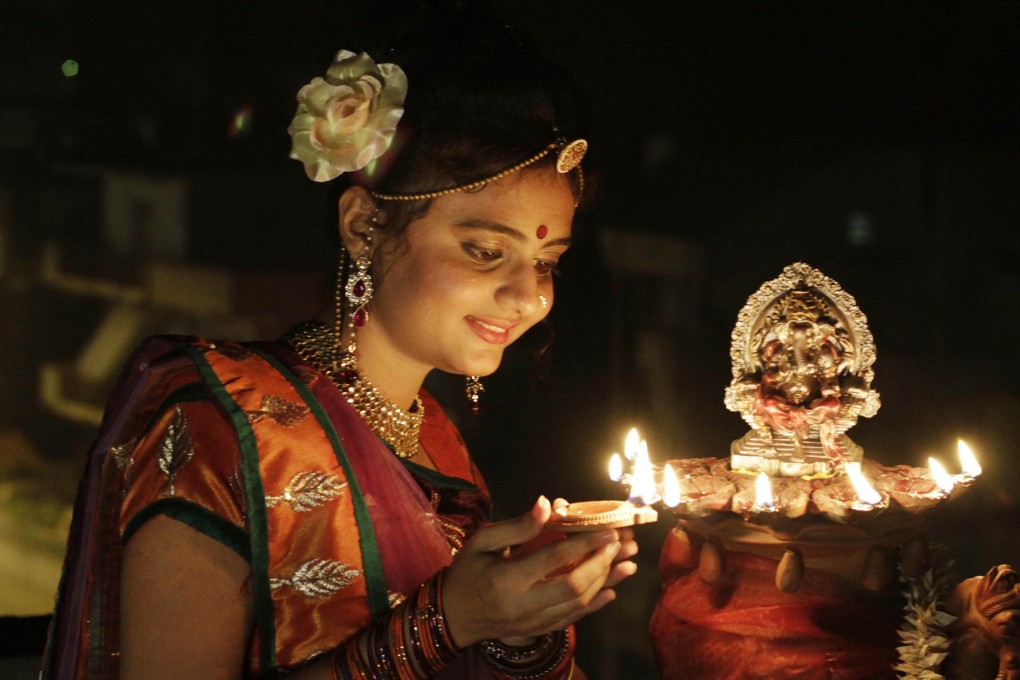India’s latest ‘boycott China’ move involves cow dung Diwali lights
- A campaign is urging patriotic Indians celebrating the Festival of Lights to swap cheap Chinese LEDs for oil lamps made out of cow dung
- Move will affect an industry worth billions of rupees, while its backers say it will also be good for the environment

India’s latest salvo against China is not to be sniffed at. Ahead of Diwali, the country’s biggest religious festival, a campaign is urging patriotic Indians to swap once popular, cheap Chinese-manufactured festive lights for environmentally friendly oil lamps made from cow dung.
More than 15 states – including Tamil Nadu, Kerala, Gujarat, Uttar Pradesh and Madhya Pradesh – have agreed to be part of the campaign and 300,000 cow dung diyas are to be lit in Ayodhya, in Uttar Pradesh, and another 100,000 diyas in the holy city of Varanasi.
In recent years, cheap Chinese-made LED lights have flooded the market and on some accounts India imports 10 billion rupees (US$134 million) worth of the lights from China and a few other countries every year.
